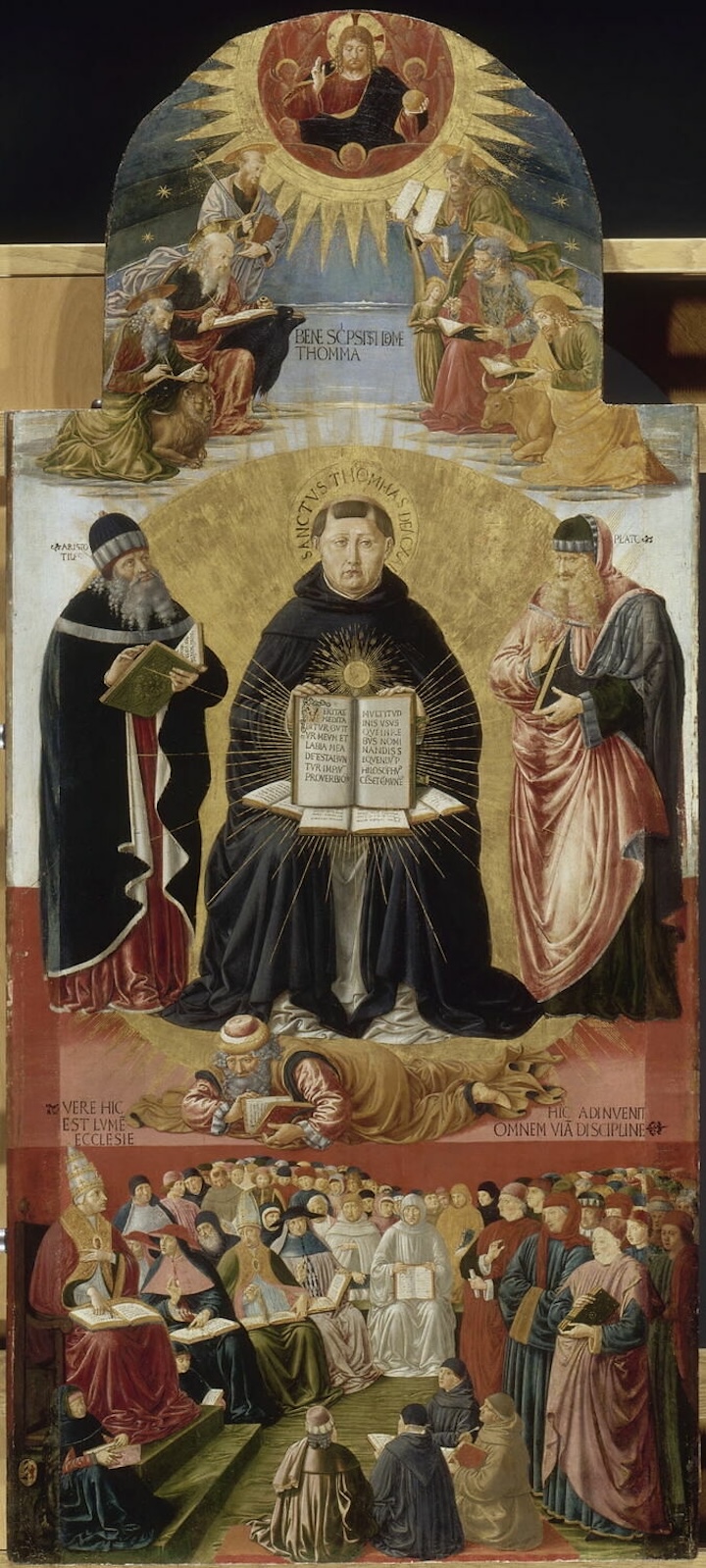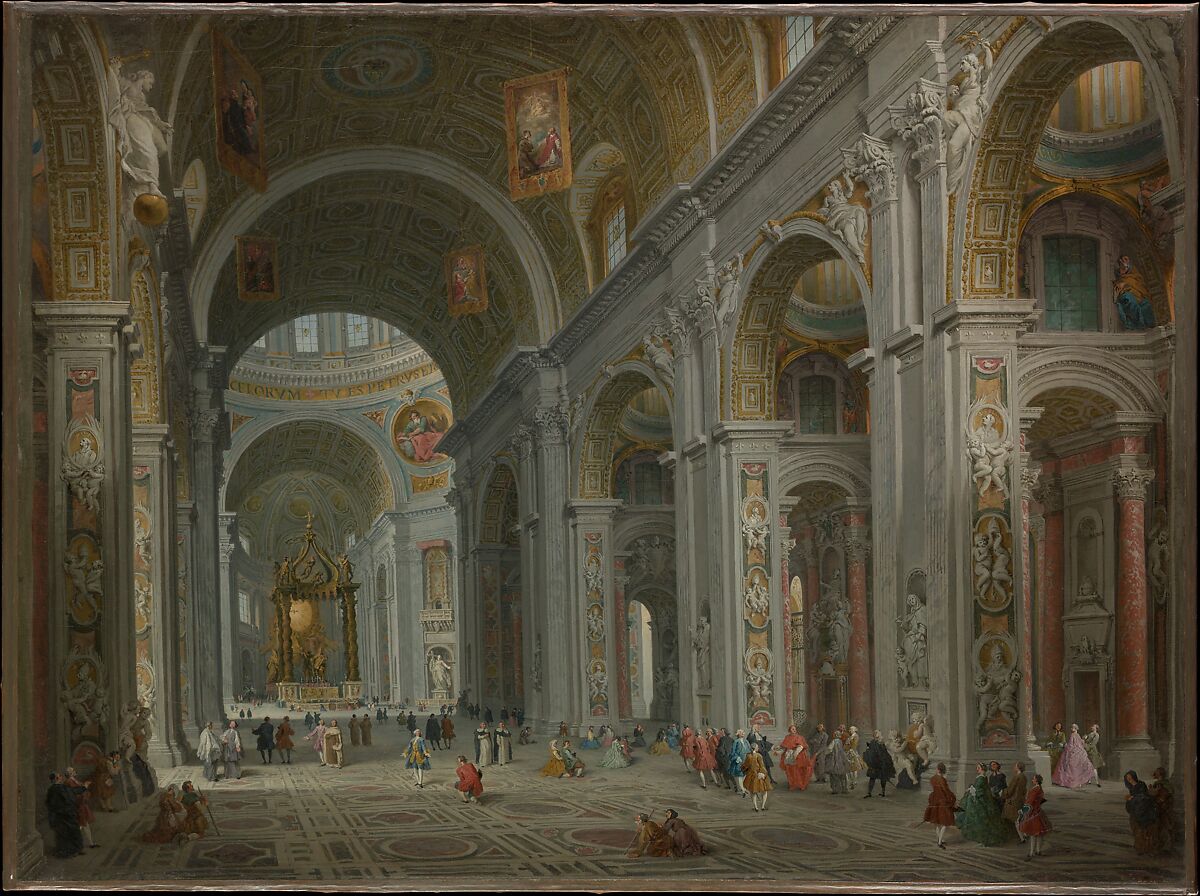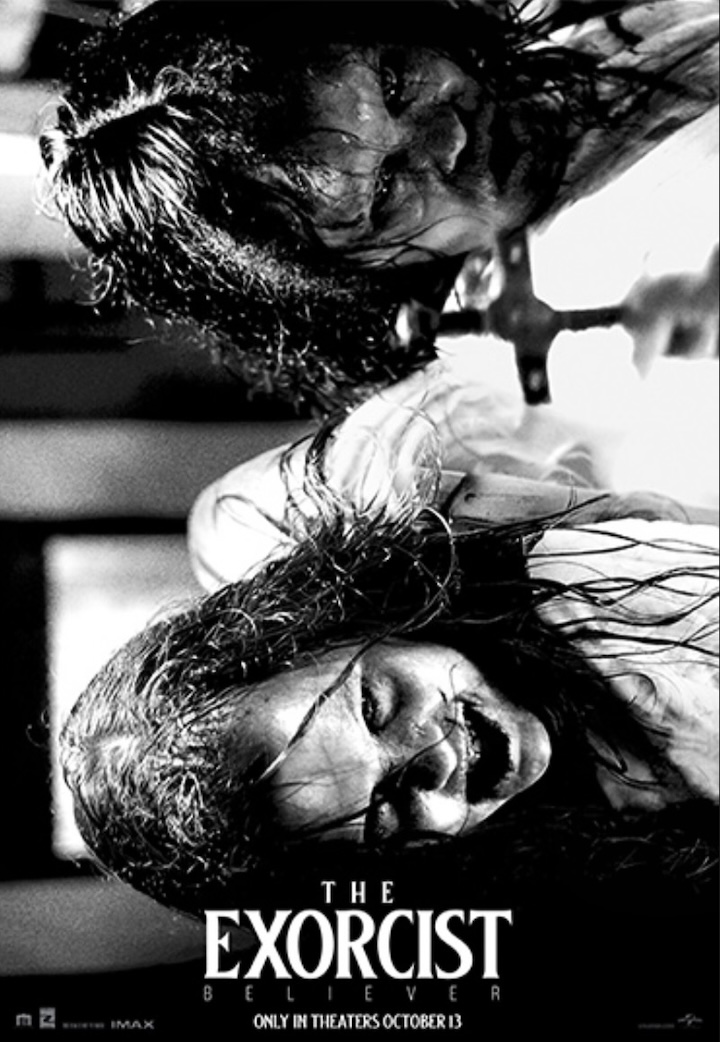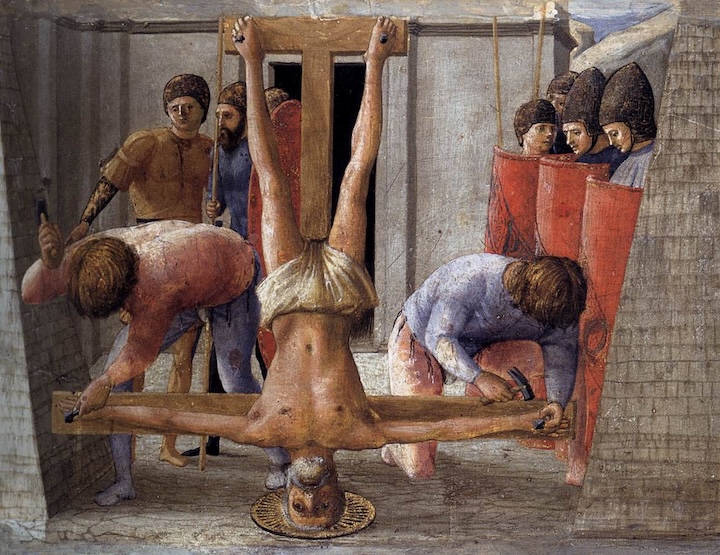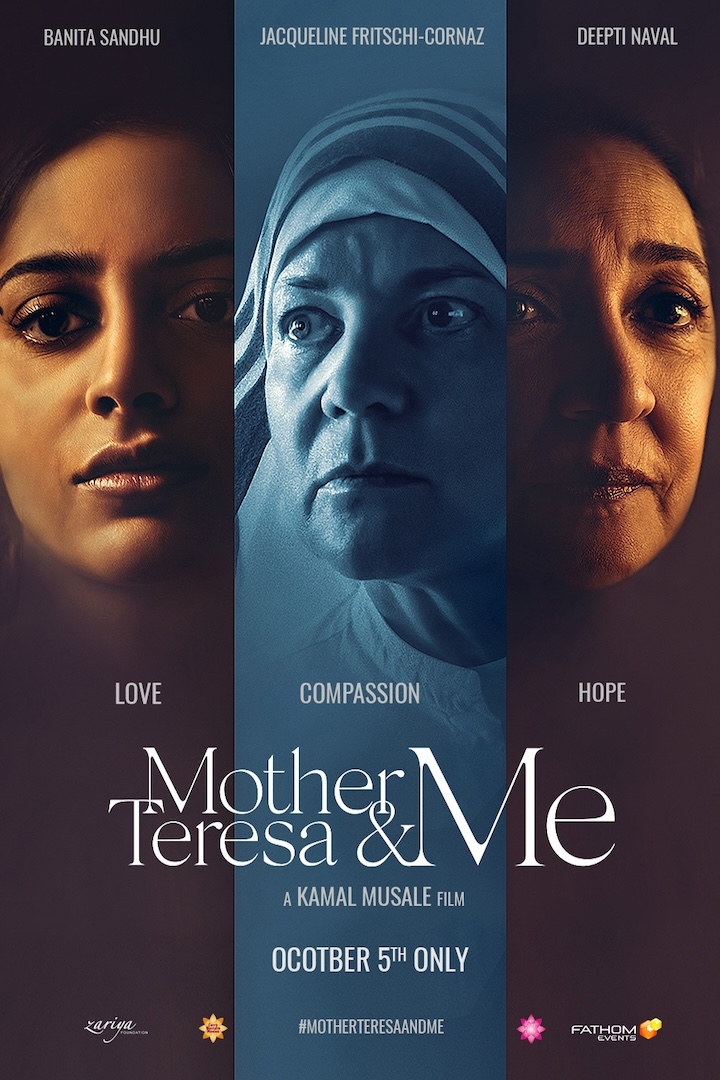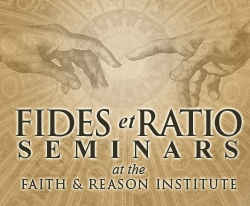The Remedy for Our Confusions
Written by Robert Royal
Monday, November 13, 2023
Catholicism is a religion of Faith and Reason – and has a rich, centuries-long tradition of deep thought about God and man. But the Catholic “thing” is also a religion of mysteries – not superstitious mumbo-jumbo as some critics believe, but mysteries in the sense that human reason has limits obvious to reason itself. We don’t know – and cannot know – via ordinary human reasoning, where the world and we ourselves come from, or where we are going. For guidance in living with those and other mysteries, reason at its best recognizes that we need Revelation, a revelation from the One who does know. And we have a reasonable Faith, therefore, in what He has delivered.
In an unsettled time like ours – a time when great confusions are rife even within the Church – it’s more urgent than usual to maintain that Faith. Amidst confusions and worse, skeptics point to the many evils in the world as evidence that our belief in a loving Creator is mere wishful thinking. Why, for instance, would such a Being create human beings who – as we see over and over in history and no less in our own “enlightened” age – are quite capable of industrial-scale murder (including the holocaust of tens of millions of innocents in the womb), war, torture, rape, slavery, oppression, and the thousands of other acts that constitute what St. Augustine called the mysterium inquitatis – the mystery of evil.
One traditional answer is that God took the risk of creating free human beings in the knowledge that He would do something even greater in redeeming us, after we’d fallen. If you want to read a brilliant example of how all that signifies something of unsuspected gloriousness, it’s worth spending some time with the first pages of Tolkien’s Silmarillion (free online here), in which God sings the world into existence along with the angels. And then, like a musical prodigy, incorporates the discordant notes introduced by the Devil into a breathtakingly beautiful symphony.

